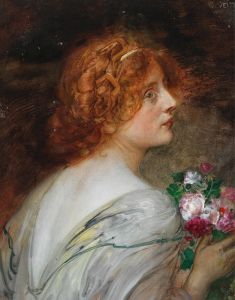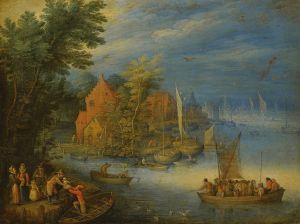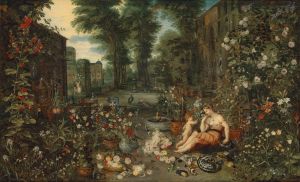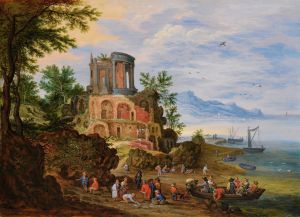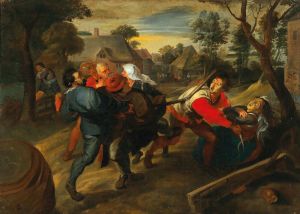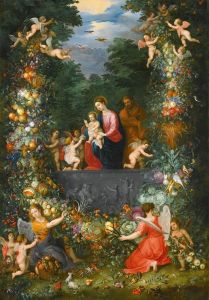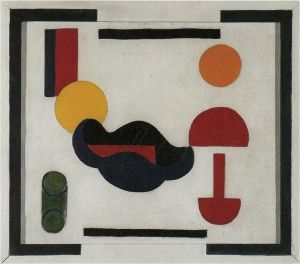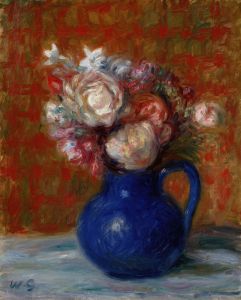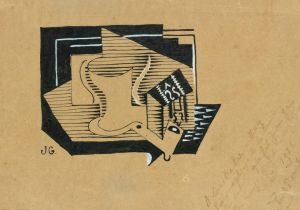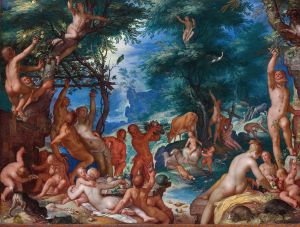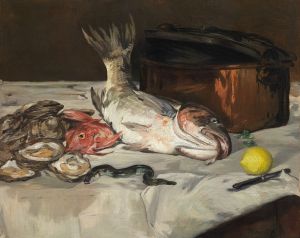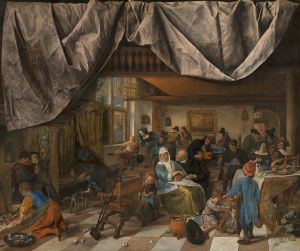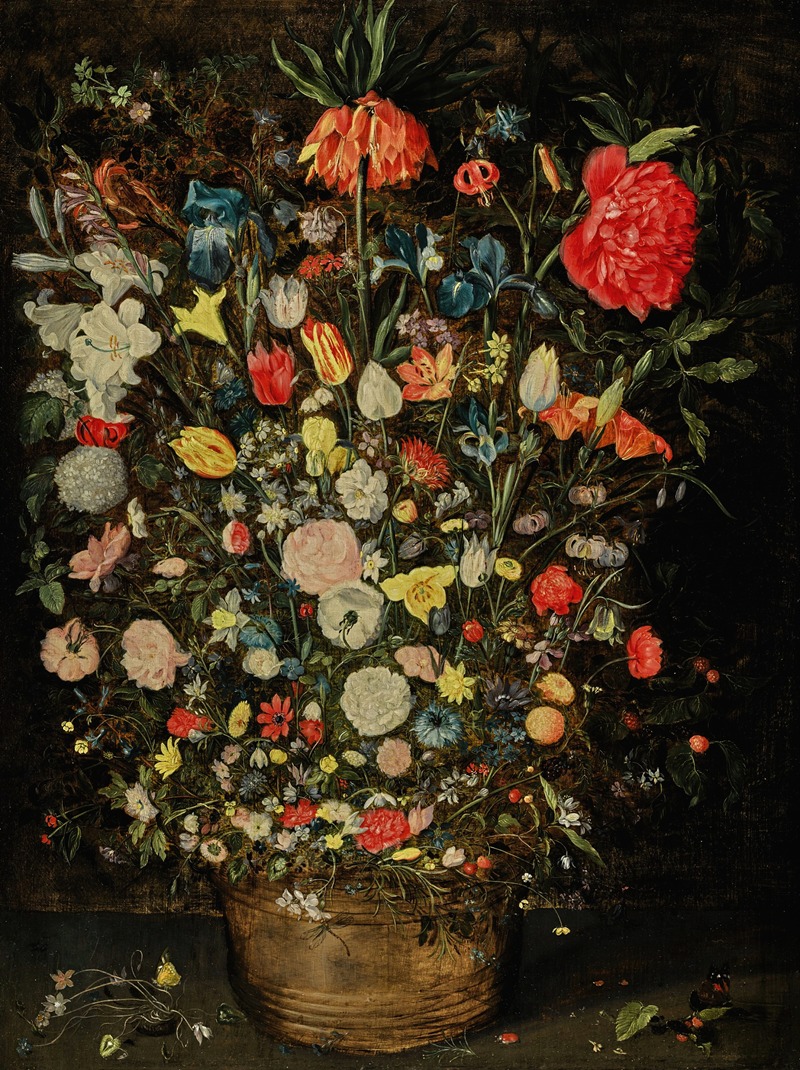
Still life with a large bouquet of flowers in a wooden bucket
A hand-painted replica of Jan Brueghel the Younger’s masterpiece Still life with a large bouquet of flowers in a wooden bucket, meticulously crafted by professional artists to capture the true essence of the original. Each piece is created with museum-quality canvas and rare mineral pigments, carefully painted by experienced artists with delicate brushstrokes and rich, layered colors to perfectly recreate the texture of the original artwork. Unlike machine-printed reproductions, this hand-painted version brings the painting to life, infused with the artist’s emotions and skill in every stroke. Whether for personal collection or home decoration, it instantly elevates the artistic atmosphere of any space.
Jan Brueghel the Younger, a prominent Flemish Baroque painter, is known for his detailed and vibrant still life paintings. One of his notable works is "Still Life with a Large Bouquet of Flowers in a Wooden Bucket." This painting exemplifies the artist's skill in rendering intricate floral compositions, a genre that was highly popular in the 17th century.
Jan Brueghel the Younger was born in 1601 in Antwerp, into a family of artists. He was the son of Jan Brueghel the Elder, a renowned painter who was a close friend and collaborator of Peter Paul Rubens. Under the tutelage of his father, Jan the Younger developed a keen eye for detail and a mastery of color, which became hallmarks of his work. After his father's death in 1625, Jan Brueghel the Younger took over the family workshop and continued to produce works in the style that his father had popularized.
"Still Life with a Large Bouquet of Flowers in a Wooden Bucket" is a testament to Brueghel's ability to capture the beauty and diversity of nature. The painting features a lavish arrangement of flowers, meticulously depicted with a variety of colors and textures. The bouquet includes a wide range of blooms, such as roses, tulips, and irises, each rendered with precision and attention to detail. The flowers are arranged in a wooden bucket, which adds a rustic charm to the composition and contrasts with the delicate nature of the blossoms.
Brueghel's still life paintings are celebrated for their vibrant color palette and the realistic portrayal of natural elements. In this work, he employs a harmonious blend of colors, creating a sense of depth and richness. The use of light and shadow enhances the three-dimensionality of the flowers, making them appear almost lifelike. This technique reflects the influence of the Baroque style, characterized by dramatic contrasts and a focus on realism.
The painting also reflects the cultural and scientific interests of the time. During the 17th century, there was a growing fascination with botany and the natural world. Artists like Brueghel were inspired by the scientific exploration of plants and flowers, and their works often served as a visual record of the diverse species that were being discovered and cultivated. The detailed depiction of each flower in the bouquet demonstrates Brueghel's knowledge and appreciation of botanical accuracy.
In addition to its aesthetic qualities, "Still Life with a Large Bouquet of Flowers in a Wooden Bucket" may have held symbolic meanings. Flowers were often used in art to convey messages or themes, such as the transience of life or the beauty of creation. While the specific symbolism in this painting is not documented, it is likely that contemporary viewers would have interpreted the arrangement in the context of the cultural and religious ideas of the period.
Jan Brueghel the Younger's work remains highly regarded for its technical skill and artistic beauty. His still life paintings, including "Still Life with a Large Bouquet of Flowers in a Wooden Bucket," continue to be appreciated for their intricate detail and vibrant representation of the natural world. Through his art, Brueghel has left a lasting legacy that captures the splendor of the Baroque era and the enduring allure of floral compositions.





